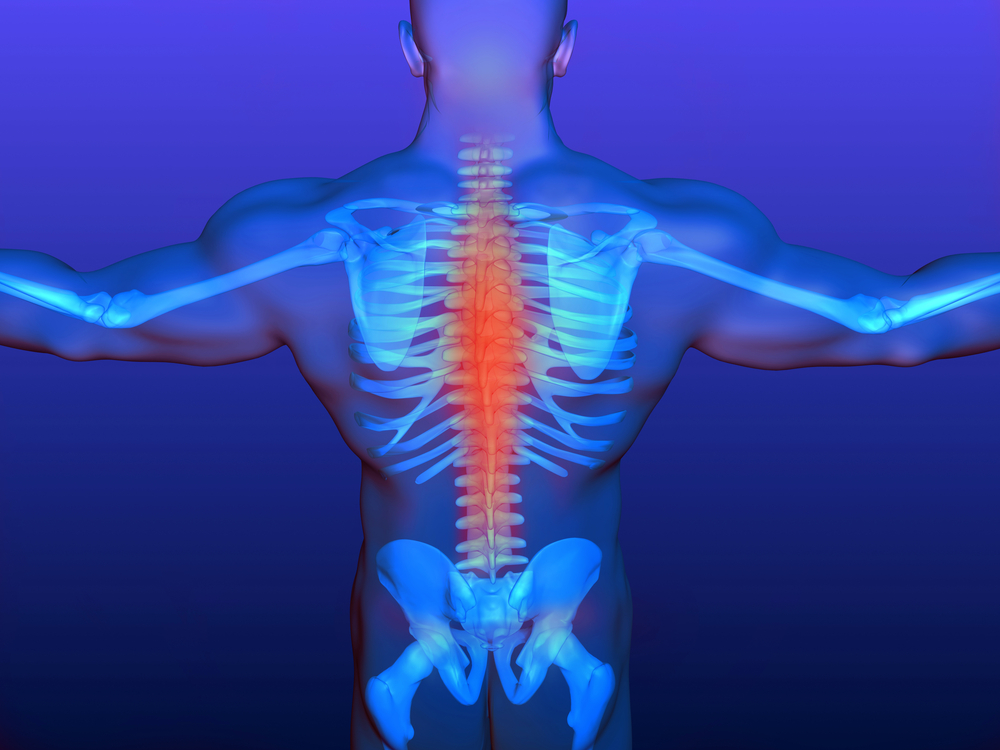The Use of Dorsal Root Ganglion Therapy
PUBLISHED ON:
April 16, 2020
What is Dorsal Root Ganglion Therapy
Dorsal Root Ganglion Therapy (DRG) is a neuromodulatory therapy used in the treatment of chronic pain. Although the DRG has been the focus of various types of pain treatments since 1949, it wasn’t until recent years that DRG Therapy has been recognized as a viable option for neuromodulation or electrical stimulation therapy. The dorsal root ganglions are a collection of nerve cells residing on both sides of each vertebrae at the dorsal root of the spinal nerve. There are approximately1500 neurons at each DRG that serve as the gateway to pain between various nerves in the body including the spinal cord and brain. DRG Therapy directly communicates with these primary sensory neurons to interfere with the pain messages they are sending to the brain, therefore inhibiting said pain.

How Does Dorsal Root Ganglion Therapy Work
DRG Therapy is similar to Spinal Cord Stimulation (SCS) Therapy but the two are not quite the same. DRG Therapy uses an implantable power generator, similar to a miniature pacemaker battery, and up to four electrical leads that are fed through the epidural space using the same fluoroscopic guidance method as SCS Therapy. These leads are placed in an S shape known as an S shape relief loop and target the lumbar and sacral DRG’s. The DRG’s are surrounded by three ligaments, posteriorly, inferiorly, and superiorly, which allow for the stabilization of the DRG Therapy leads. Patients are given a handheld controller that allows them to switch between stimulation settings to control their pain. SCS Therapy tends to provide a broad spectrum coverage for radicular pain while DRG Therapy offers a much more precise delivery of analgesia. The anatomy of the DRG allows for this treatment to deliver pain relief to one single toe, the groin, and the lower back, areas that can be more difficult to treat with SCS Therapy.
Who Benefits from Dorsal Root Ganglion Therapy
DRG Therapy is highly recommended for individuals with Complex Regional Pain Syndrome, Failed Back Surgery Syndrome, and peripheral neuropathy which contribute to focal or primary axial pain. These types of pain symptoms are concentrated in a particular area which makes DRG Therapy a better form of treatment than SCS Therapy. Various studies have proven the success of DRG Therapy with six out of eight patients experiencing more than 50% pain relief in a trial. Another study reported after a full twelve months, patients have been reported to have less discomfort and an improved mood.
DRG Therapy is a great course of treatment, however, it is not typically recommended until preliminary treatments have proven to be unsuccessful. Less invasive forms of treatment for chronic pain include a variety of nerve blocks which you can read about here or treatments such as TENS and massage therapy for acute pain. If you are experiencing pain and these types of treatments have not provided relief, talk to your doctor about neuromodulation and see if DRG Therapy is the right next step for you.
PUBLISHED ON:
April 16, 2020


